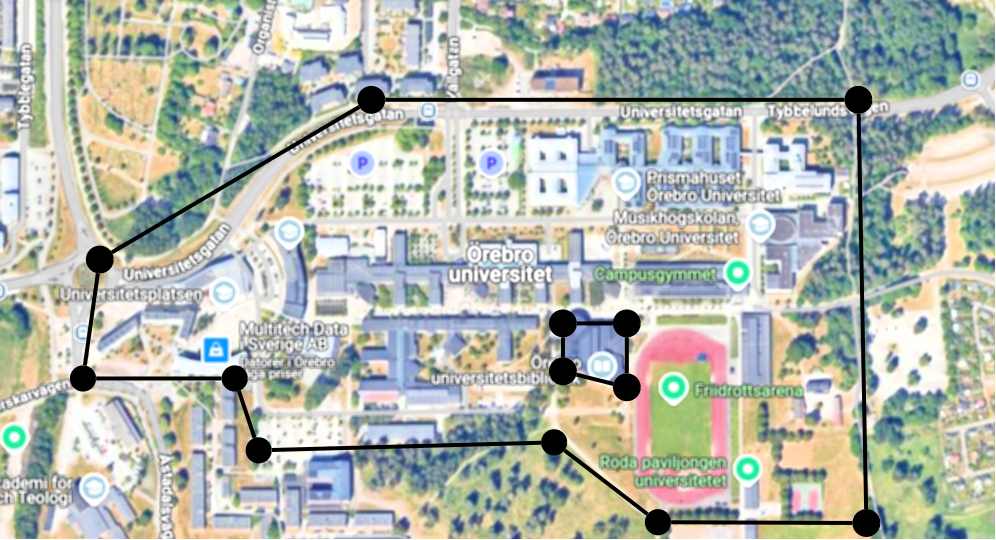
Compilers and Interpreters
for Dataingenjörsprogrammet, and others
Thursday October 31, 2024
Exam for:
DT135G Kompilatorer och interpretatorer, provkod A001
| Aids: | No aids. |
| Score requirements: |
Maximum score is 40.
To pass, at least 24 points are required. |
| Results: | Announced no later than 15 working days after the exam. |
| Return of the exams: | Electronically through the student portal "Studenttjänster". |
| Examiner and teacher on call: | Thomas Padron-McCarthy, phone 070-73 47 013. |
A is a non-terminal, but x and y are any constructions consisting of terminals and non-terminals.A -> A x | y
The rule is replaced by the following two rules (or, more correctly, three productions), that describe the same language, but are not left recursive:
A -> y R R -> x R | empty
A is a non-terminal, but x, y and z are any constructions consisting of terminals and non-terminals.A -> x y | x z
Replace with these three productions:
A -> x R R -> y | z
a = b;
if (c < d) {
e = f * g / h + i + j;
}
else {
if (k == l) {
m = n;
}
else {
o = p;
q = r;
}
s = t / u / v;
w = x;
}
Translate the program segment to two of the following three types of representations.
a) an abstract syntax tree (by drawing it)
b) postfix code for a stack machine
c) three-address code
Note: Two of the three types, not all three. Should you answer with all three, the one with the highest points will be discarded.
S -> S T | ε
T -> a U | a b U
U -> c
There are two problems with this grammar that makes it unsuitable for use by an LL(1) parser. That is the type of predictive top-down parser with one-token lookahead that we have seen for example in the 2.9 program. Explain the problems!
a) activation record
b) basic block
c) loop unrolling
d) reference counting

We want to use a special language to define the areas, like this:
map University {
area Campus {
corner 59.2562 N 15.2470 E
corner 59.2562 N 15.2557 E
corner 59.2519 N 15.2561 E
corner 59.2524 N 15.2558 E
corner 59.2525 N 15.2520 E
corner 59.2532 N 15.2502 E
corner 59.2536 N 15.2448 E
corner 59.2537 N 15.2418 E
corner 59.2548 N 15.2421 E
}
area Library {
corner 59.2542 N 15.2504 E
corner 59.2542 N 15.2515 E
corner 59.2536 N 15.2515 E
corner 59.2537 N 15.2505 E
}
}
|
As we can see the input consists of a map, marked by the keyword map and the name of the map, followed by a list of one or more areas within curly brackets. The name is a single word that consists of English-alphabet letters.
An area is marked by the keyword area and a name, followed by a list of one or more corner points within curly brackets.
Finally a corner point is marked by the keyword corner and its map coordinates, first latitude and then longitude, each with a direction which can be N for north, E for east, W for west or S for south.
It should be possible to write the input in free format, so whitespace (blanks, tabs and newlines) should not be significant, except for separating the tokens.
b) (2p) Out of these terminals, some will not have fixed lexemes. Write regular expressions for each such terminal.
map Kebnekaise {
area Peak {
corner 67.9187 N 18.5728 E
}
}
|